The dahlia flower, with its enchanting beauty and captivating allure, is highly favored by many. Herein lies a detailed exploration of the meanings attributed to the dahlia flower. This article you will understand better “dahlia flower meaning”
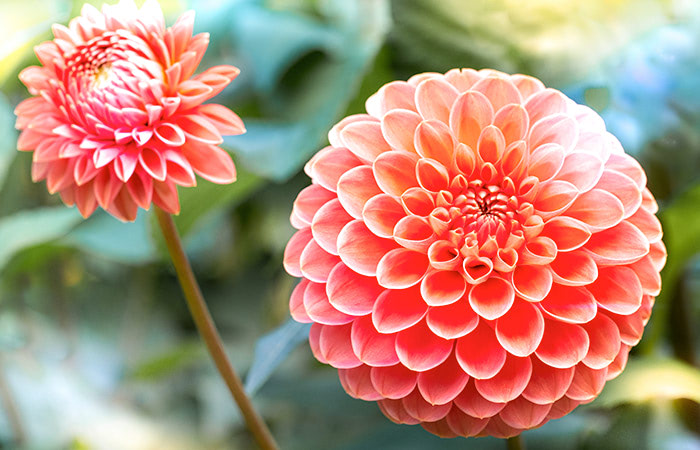
Origin of Dahlias
The dahlia, scientifically known as Dahlia, has its roots deeply embedded in Mexico, where it is celebrated as the national flower. This vibrant and versatile flower belongs to the Asteraceae family, which also includes sunflowers, daisies, and asters.
Historical Background
Dahlias have been cultivated in Mexico since the Aztec civilization. The Aztecs valued dahlias not only for their ornamental beauty but also for their practical uses. They utilized the tubers of the dahlia plant for food and medicinal purposes. The flower was revered in Aztec culture and often associated with various ceremonies and rituals.
The dahlia was introduced to Europe in the late 18th century, following its discovery by Spanish explorers who were fascinated by its unique appearance. The flower quickly gained popularity in European gardens, where it was appreciated for its striking range of colors and forms.
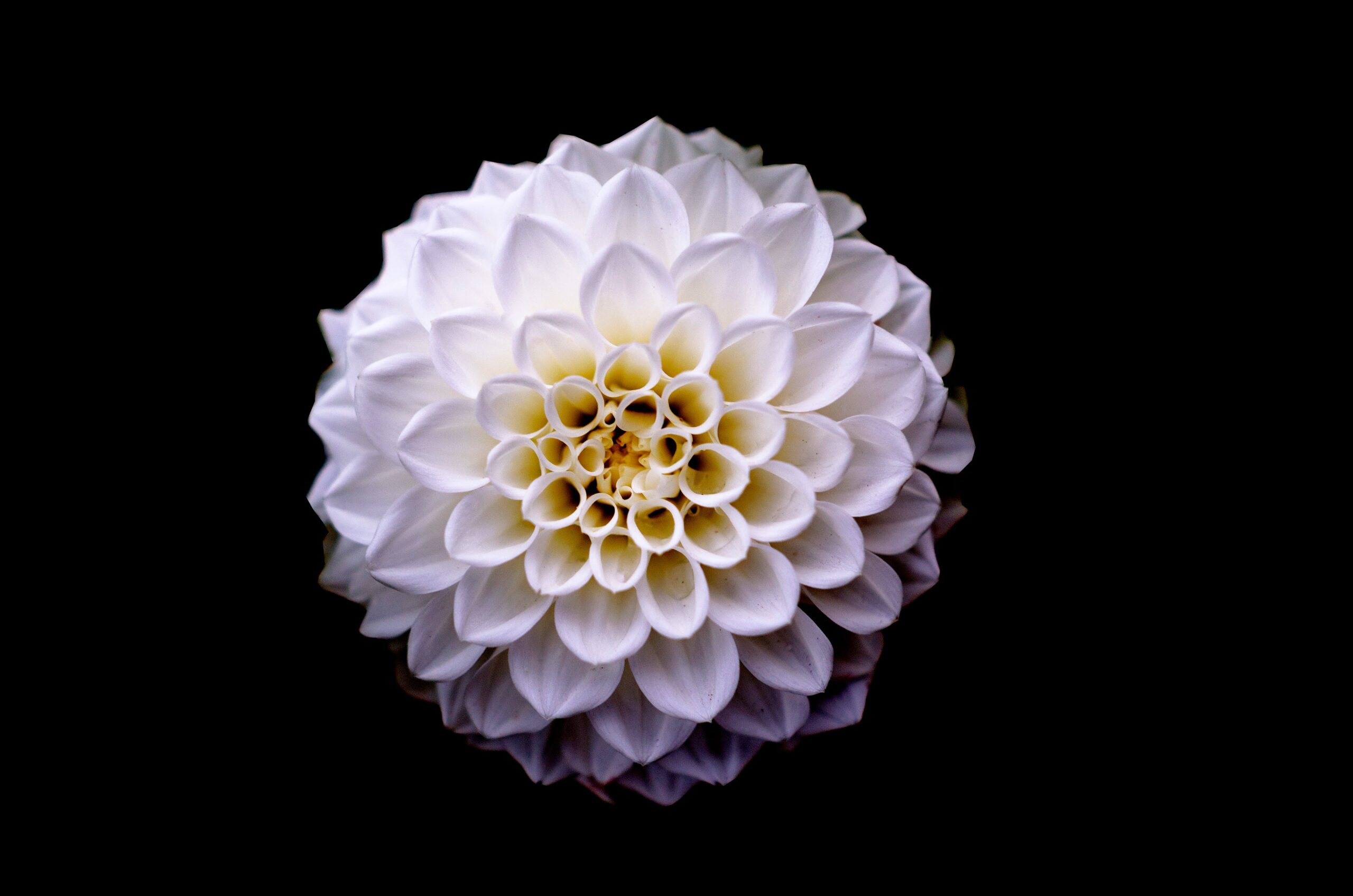
Physical Characteristics
Dahlias are renowned for their spectacular array of colors, which can include shades of red, purple, yellow, green, and white. This wide spectrum of hues makes them a favorite among gardeners and florists alike. The flowers typically have a diameter ranging from 8 to 10 centimeters, though some varieties can be even larger. The buds of the dahlia plant are smaller, generally measuring between 2 to 3 centimeters in size.
Varieties and Cultivation
The diversity of dahlias extends beyond their colors; they also come in a variety of shapes and sizes. From small, delicate pom-pom varieties to large, bold blooms, dahlias offer a range of options to suit different gardening styles and preferences. They thrive in well-drained soil and require plenty of sunlight to produce their vibrant blooms.
Dahlia Flower Meaning
Dahlias, with their vibrant and diverse colors, each carry their own unique symbolism. Here’s a detailed look at what each color represents:
Red Dahlia
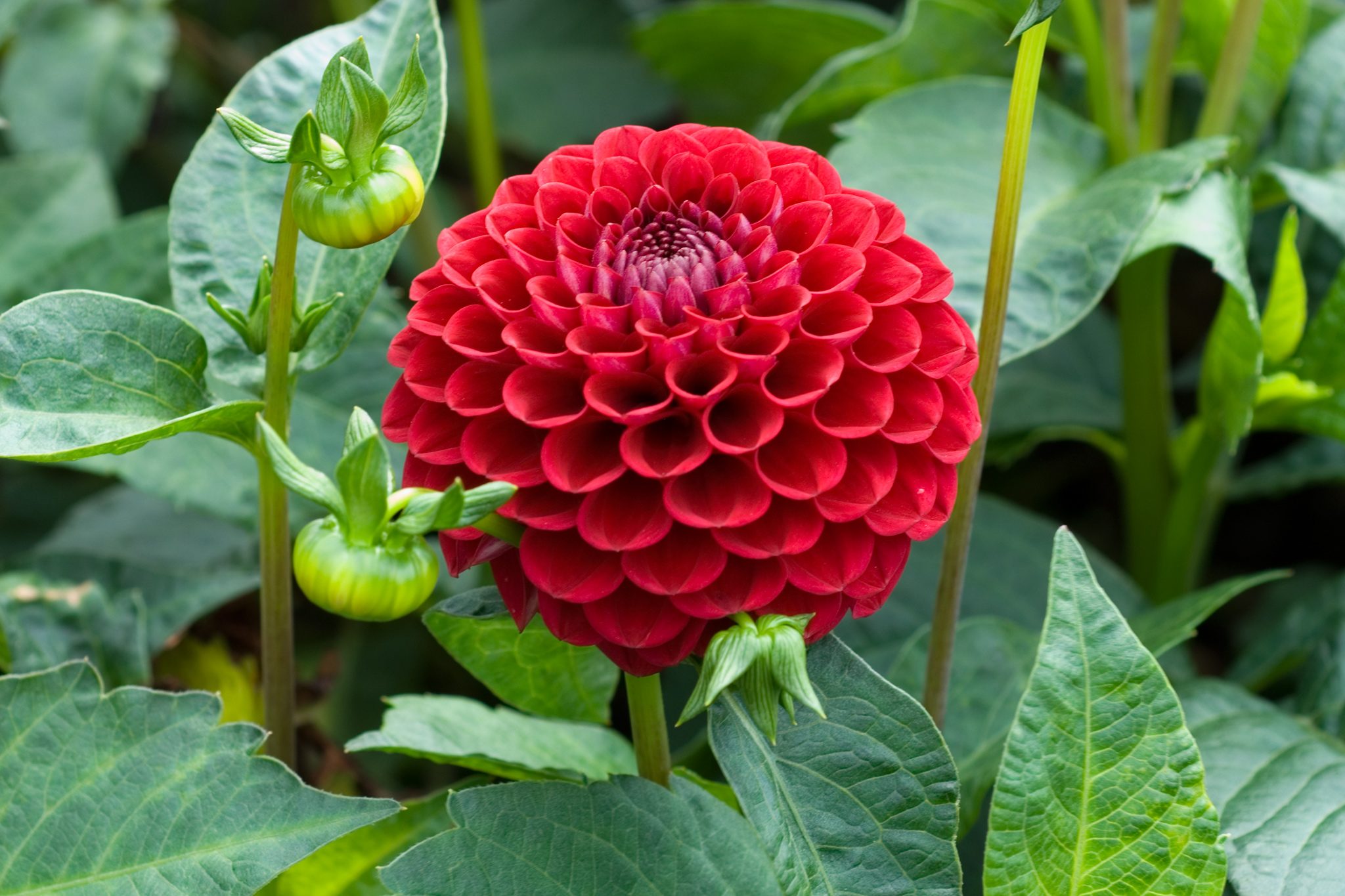
Symbol of Passion and Strength: The deep red hue of Dahlias signifies intense emotions such as passion, strength, and power. This color is often associated with a profound and meaningful bond, representing strong romantic love and unwavering commitment. Red Dahlias are ideal for conveying deep feelings of love and desire, making them a powerful choice for romantic gestures and celebrations of affection.
White Dahlia
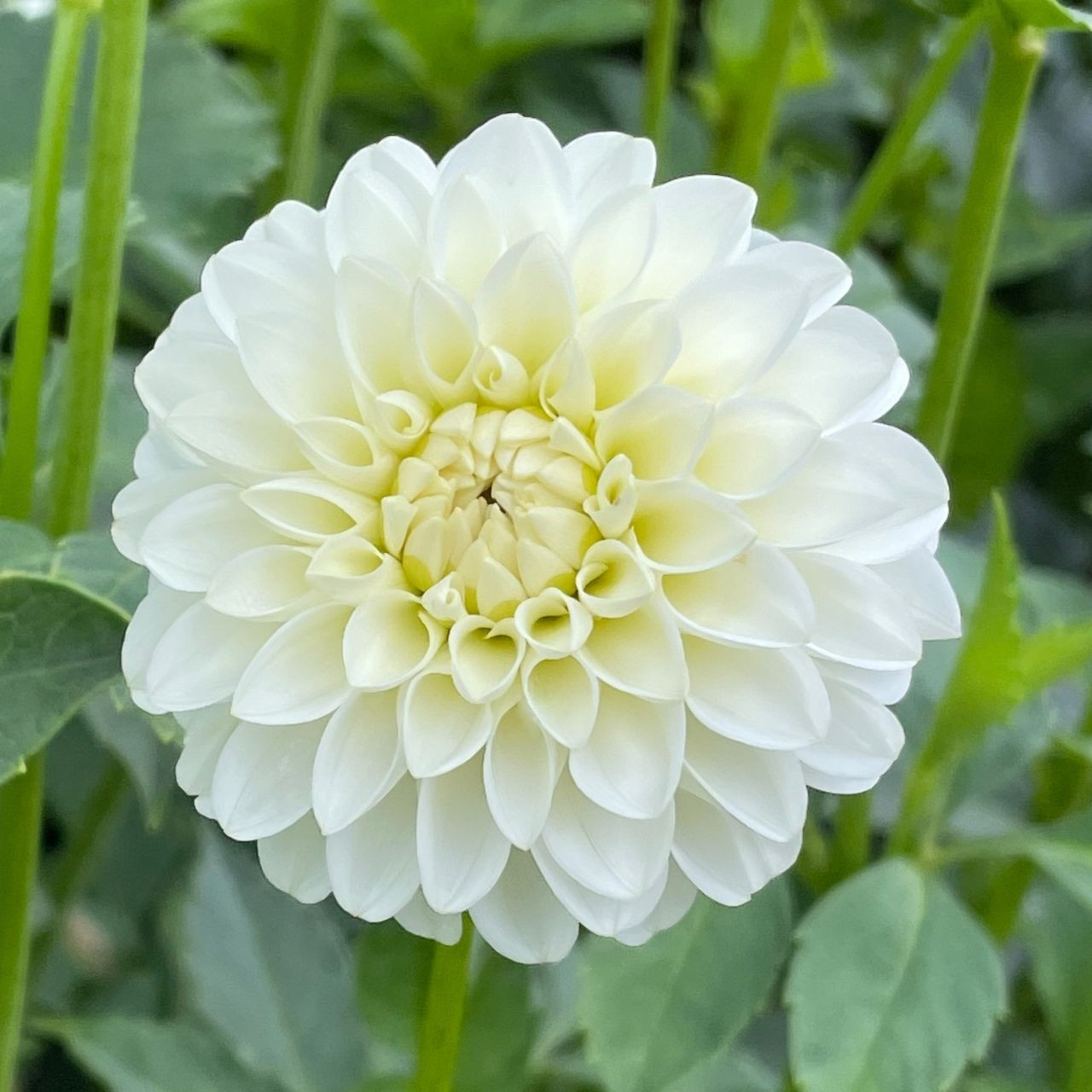
Symbol of Purity and New Beginnings: White Dahlias embody purity, innocence, and grace. They are frequently associated with new beginnings and fresh starts, making them a popular choice for weddings and ceremonies. The purity of the white Dahlia reflects the sincerity and purity of emotions, making them a beautiful and symbolic choice for bridal bouquets and events celebrating new chapters in life.
Yellow Dahlia
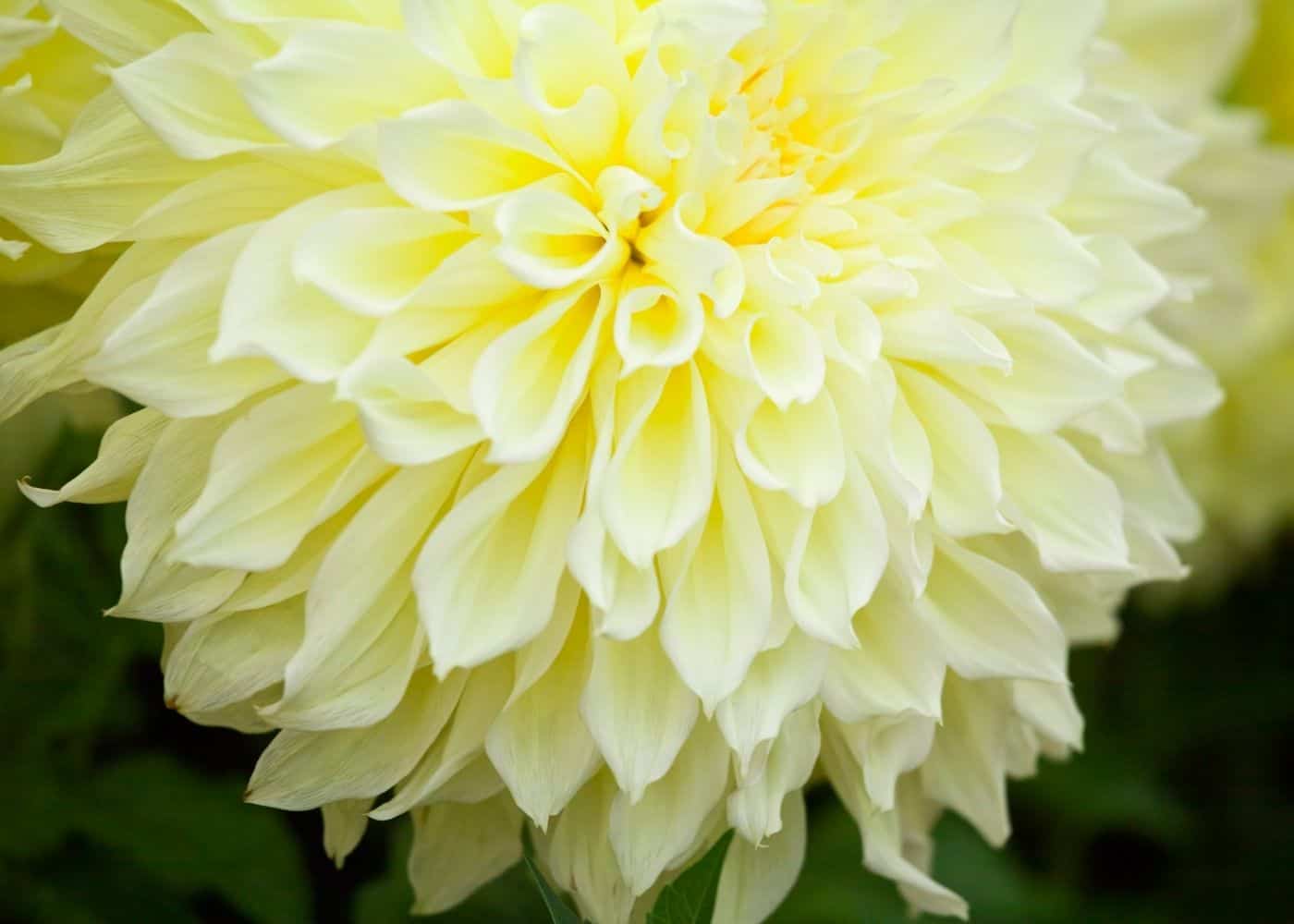
Symbol of Joy and Positivity: Yellow Dahlias are bright and cheerful, symbolizing positivity, joy, and happiness. They convey optimism and hope for the future, making them an excellent choice for expressing appreciation or brightening someone’s day. Yellow Dahlias represent friendship, new beginnings, and success, and are often given to celebrate accomplishments or to spread cheer.
Purple Dahlia
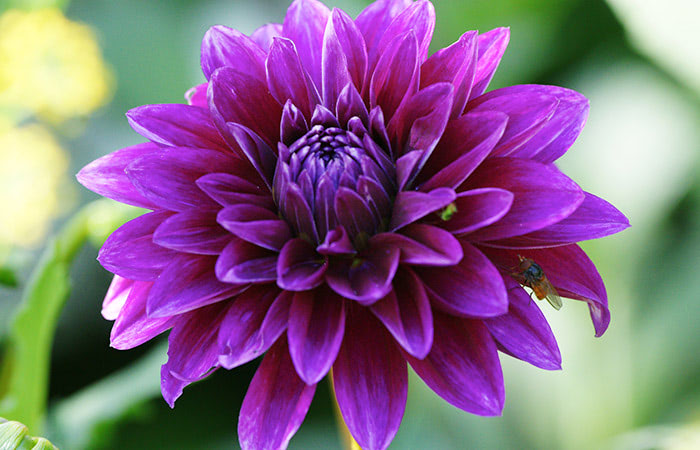
Symbol of Royalty and Elegance: Purple Dahlias are associated with royalty, elegance, and dignity. They represent admiration and adoration, conveying a sense of regal charm and sophistication. Purple Dahlias are perfect for expressing high regard and deep appreciation, making them a fitting choice for honoring someone with a sense of grace and elegance.
Blue Dahlia
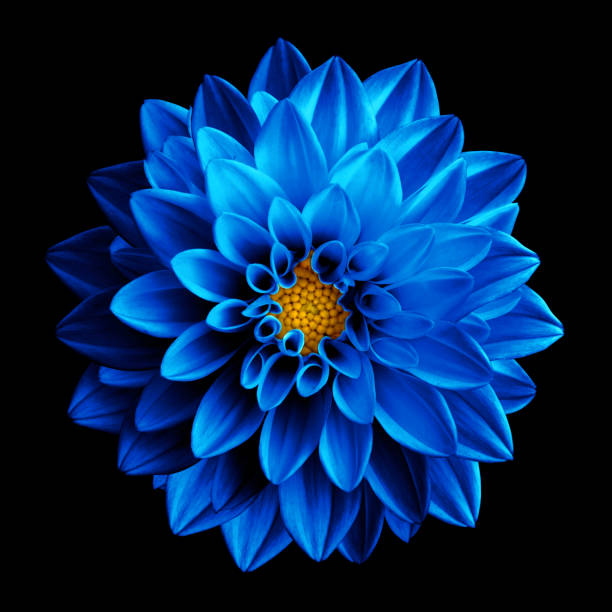
Symbol of Peace and Tranquility: Blue Dahlias represent peace, serenity, and tranquility. They symbolize inner calmness and relaxation, promoting harmony and soothing energy. Blue Dahlias are often given to convey a sense of peace and to encourage relaxation and calm in relationships. Their cool, calming color makes them ideal for soothing gifts and gestures of comfort.
Pink Dahlia
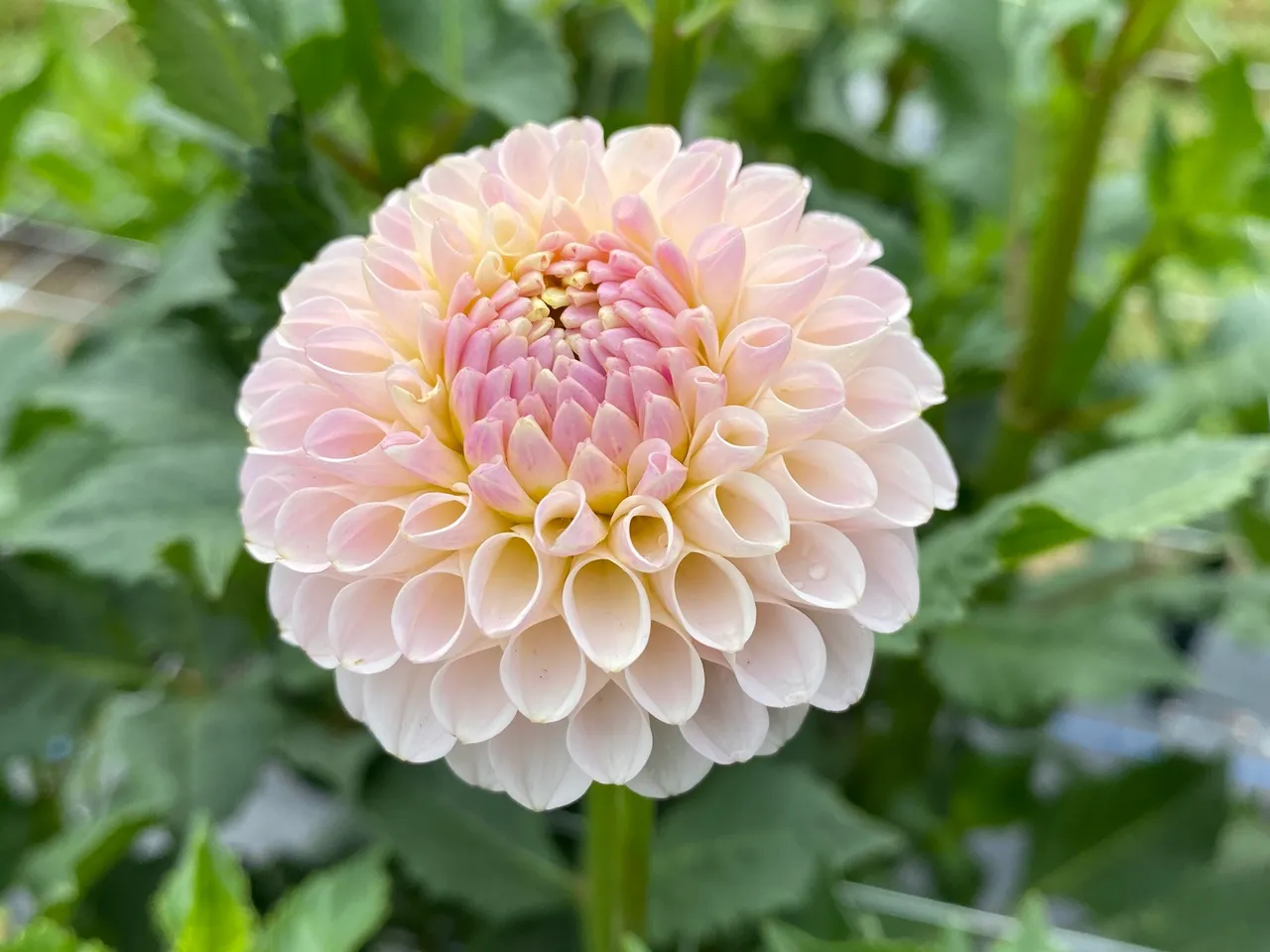
Symbol of Grace and Gratitude: Pink Dahlias convey grace, gentleness, and gratitude. They are often associated with femininity and motherly love, representing admiration and appreciation. Pink Dahlias are commonly given to express gratitude, making them suitable for a variety of occasions, including Mother’s Day and birthdays. Their soft, delicate color reflects deep affection and appreciation.
Each color of Dahlia carries its own unique symbolism, making it a versatile flower for conveying a range of emotions and messages in different cultural contexts.
Conclusion
Dahlias are more than just stunning additions to your garden; they are rich in symbolism and meaning. Known for their vibrant colors and intricate petal arrangements, dahlias convey messages of elegance, dignity, and commitment. Each color variation carries its own unique significance, from the bright cheerfulness of yellow dahlias to the deep passion symbolized by red ones.
Understanding the meaning behind these flowers can enhance the sentiments you wish to express, whether you’re celebrating a special occasion or simply brightening someone’s day. By incorporating dahlias into bouquets, gifts, or garden displays, you embrace not only their visual beauty but also the profound messages they convey. Whether you’re sharing a message of gratitude, love, or admiration, dahlias offer a meaningful and beautiful way to express your feelings
Above are our shares “dahlia flower meaning”. We hope that the above information will partly help you understand more about dahlias.Contact us to answer your questions.

Related articles
Top 5 Spring Tree Pests: Identifying and Managing Common Threats
How to Grow Virginia Creeper: A Complete Guide
How to care for cyclamen from the expert
Detailed instructions: How to care for propagated plants
Understanding tree diseases: Identification, prevention, and treatment
Detailed instructions: How to care for fruit trees
Detailed instructions how to grow winter vegetables
How to propagate an aloe plant: a detailed guide to the methods